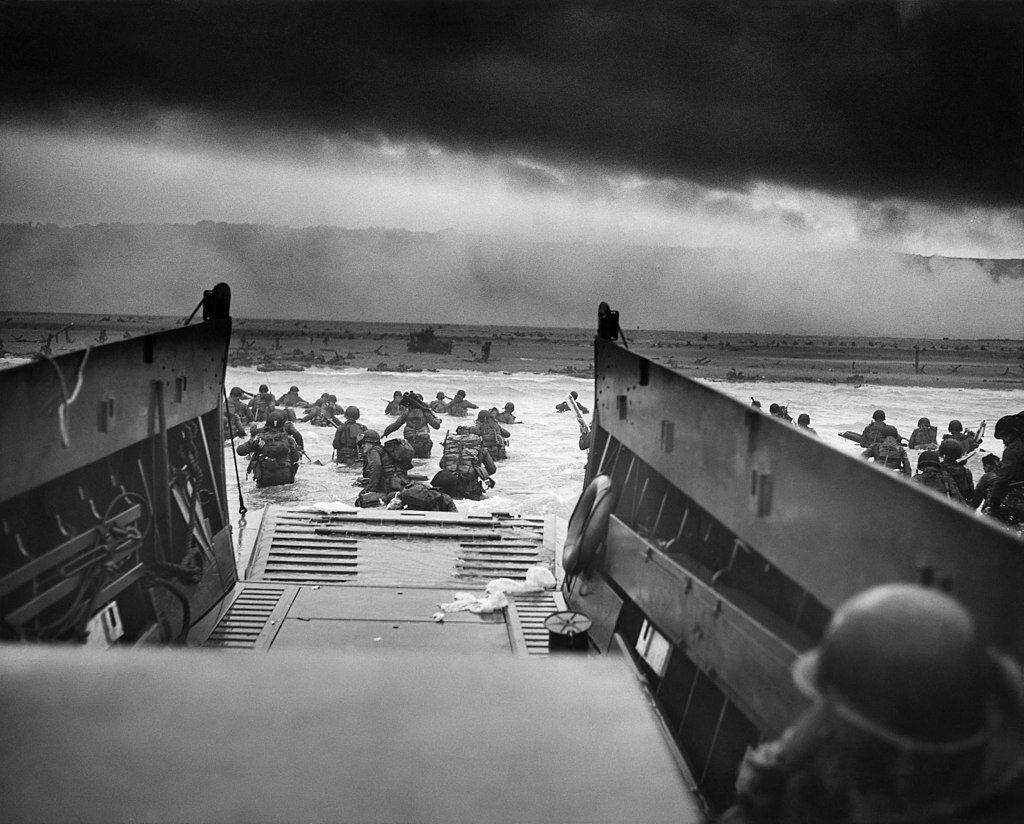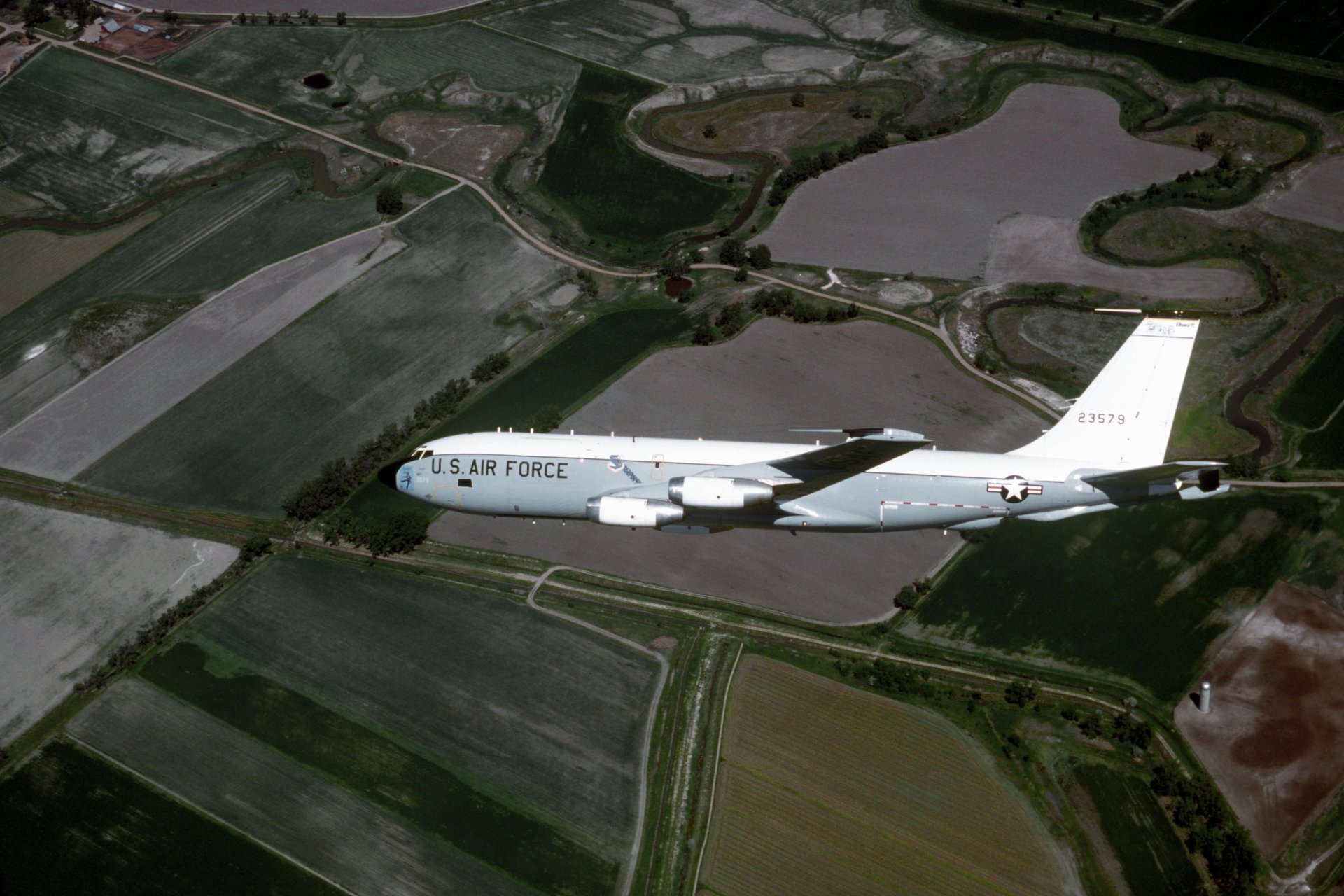Boeing 737 Variants
May 4th, 2023
The Boeing 737 is by far the most numerous aircraft type in the skies. Over 11,377 airframes have been built since its introduction over 56 years ago in 1967, and it has achieved much success mainly do to its reliability, such as one of the early landings of 737-100 on a grass and gravel runway in British Columbia, Canada.
The 737 has seen success with several airlines that only operate 737s, such as Southwest Airlines, Sun Country Airlines, Norwegian Airlines, and numerous others. The 737 has been so successful that Boeing has manufactured over 15 civilian variants and over 5 miltary variants of the aircraft. The 737 has been for decades Boeing's so called "cash cow", which in the industry is essentially saying that this type of aircraft has made the most cash for that company.
Here is a list of the 737 variants:
Civilian Variants:
-100 Original


The 737-100 was basically the prototype for the 737 that we know today. Total, only about 30 aircraft of this variant was built, before being replaced by later variants of the 737, mostly the -200 variant. The last two aircraft to be retired of this variant was one operated by the Mexican Air Force and the other operated by NASA (tail number 515) in 2004. Today, only one 737-100 is still in existence, the 737 prototype, which was operated by NASA for over 30 years and is currently at the Museum of Flight in Seattle, WA.
Classic:
-200
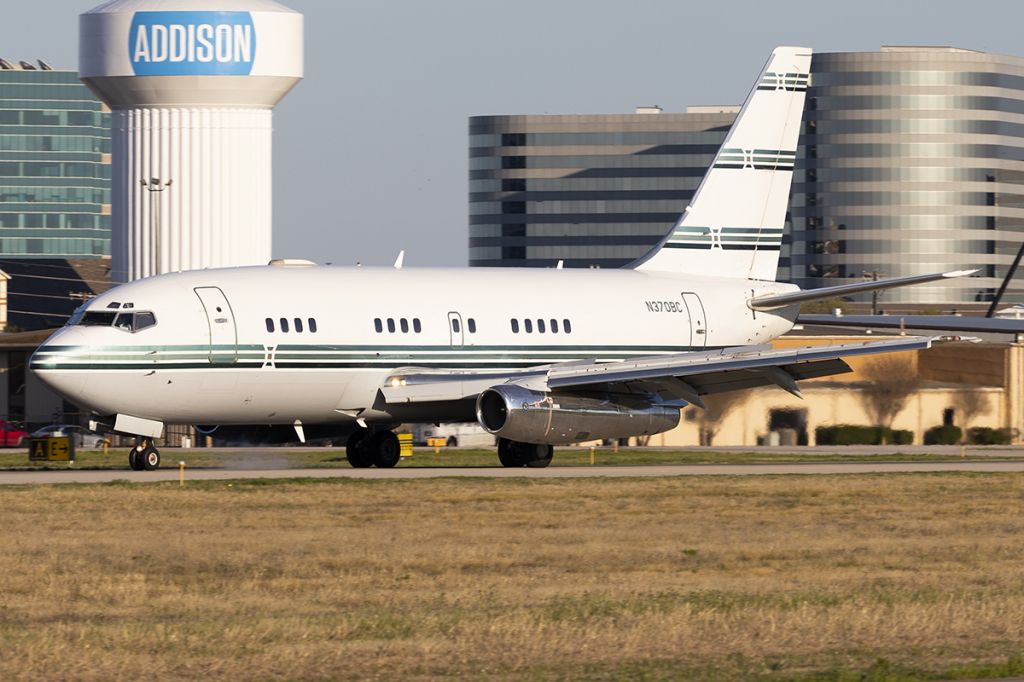

The 737-200's major differences with the -100 are: 1. A longer fuselage. 2. upgraded engines, most notably better reverse thrust. 3. better at operating off of unserviced runways. The -200's main operators today, is a private jet (N370BC, see photo above), Janet Airlines, which is an airline owned by the U.S. Government to transport employees from Las Vegas to Area 51 (this airline's motto is: "We can tell you where we fly, but then we will have to kill you"), and the U.S miltary (such as the T-43 Gator).
-300
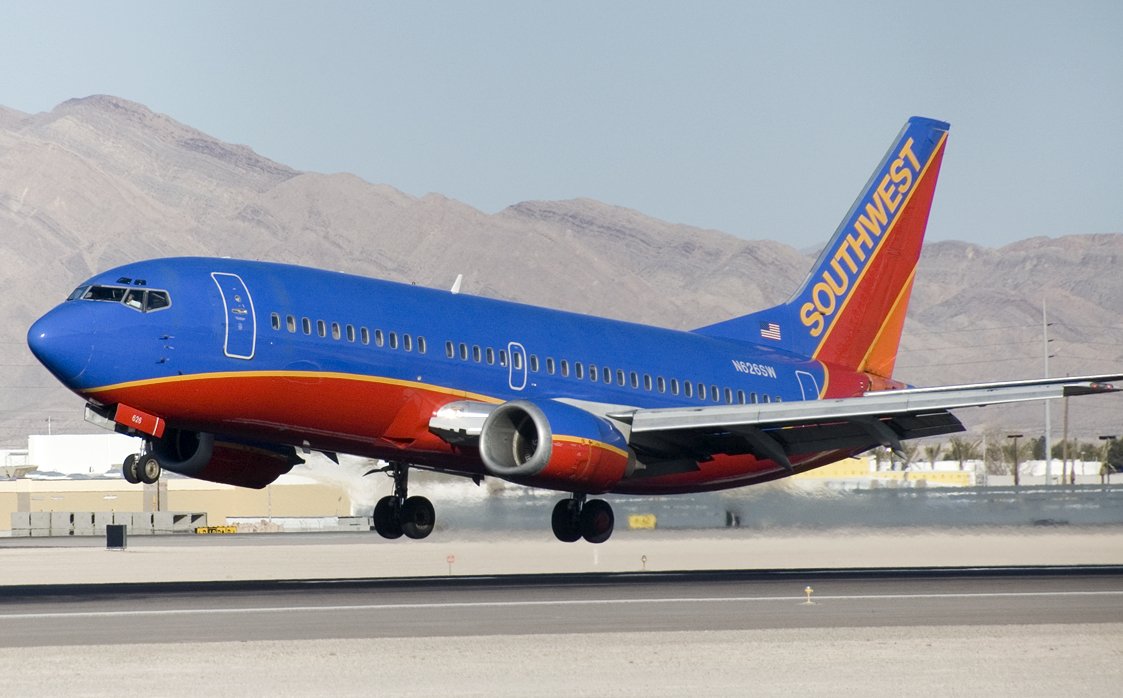

The -300 was the first 737 variant to look somewhat like today's 737s, especially with the engines not being blended into the wing, but mounted to the wing. The -300 originally didn't have winglets, but more recently, there are several -300s still in service as -700s with upgrades to the flight deck, engines, landing gear, and the addition of winglets, with the winglets added by a Seattle, WA based company. One of the most unusual -300 aircraft is the Lockheed Martin 737-300 CATBird (Cooperative Avionics Test Bed) used to test Lockheed Martin F-35 Lighting II avionics.
-400
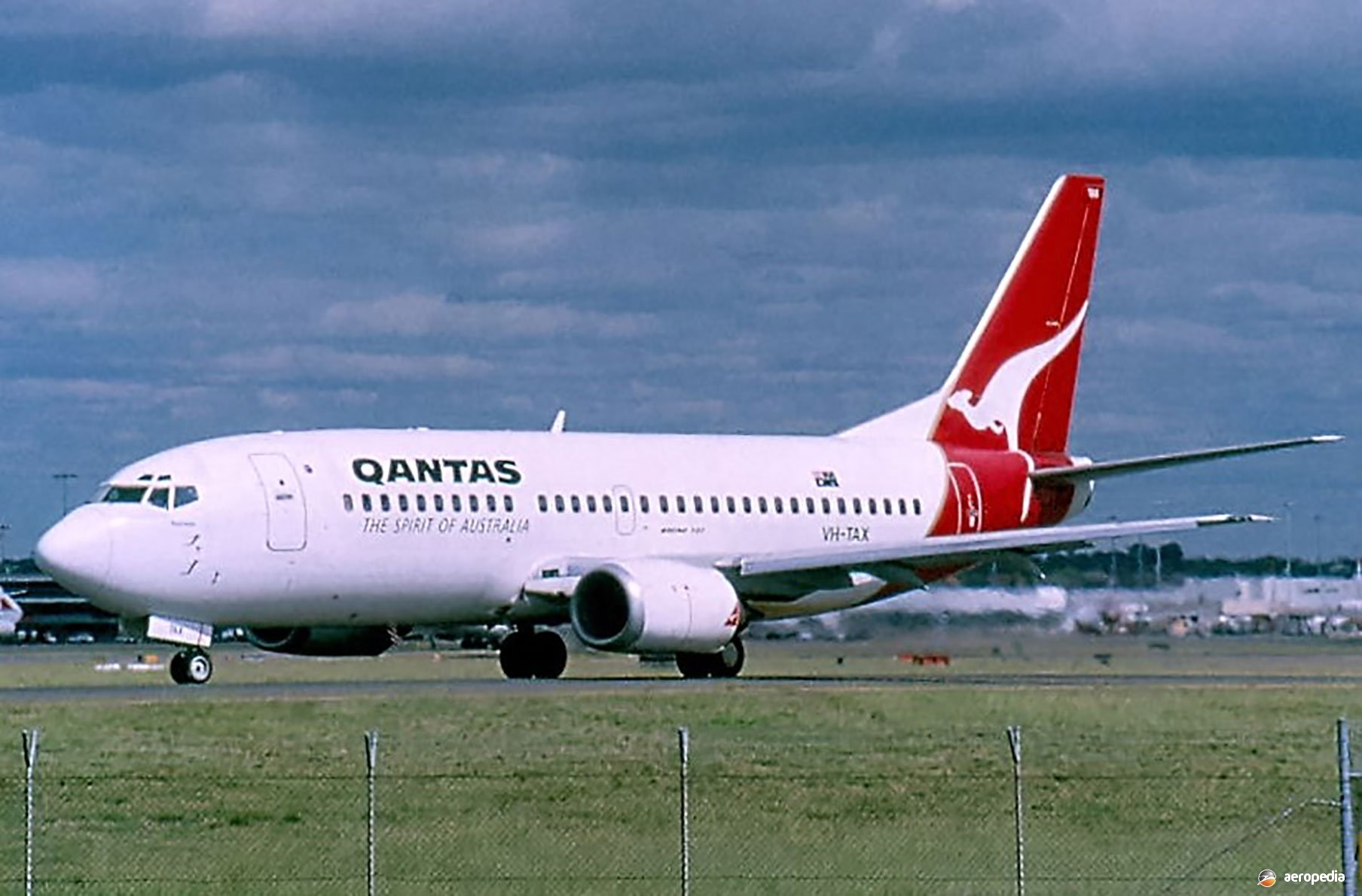

The -400 was built to fill the gap between the -300, mentioned above and the 757-200 and was given a 10' longer fuselage than the -300 had, and entered service with Piedmont Airlines (which later merged with US Airways, who then merged with American Airlines) in 1985. Another add-on to the -400 was a tail skid/bumper due to the worry that the rear fuselage would scrape on the runway on take-off (an early issue on the 757 was the chief reason why Boeing added the skid).
-500


The -500 was the last aircraft in the classic series of the 737 and had a very similar fuselage to the -200, but with all of the upgrades that had happened over the years to the 737, such as new wings, landing gear, engines, and glass cockpits. The -500 has become a favorite of Russian airlines such as Smartavia, S7 Airways, Transaero, UTair, and Yamal, to replace the ageing Soviet-era aircraft in service with such airlines.
Next Generation:
-600
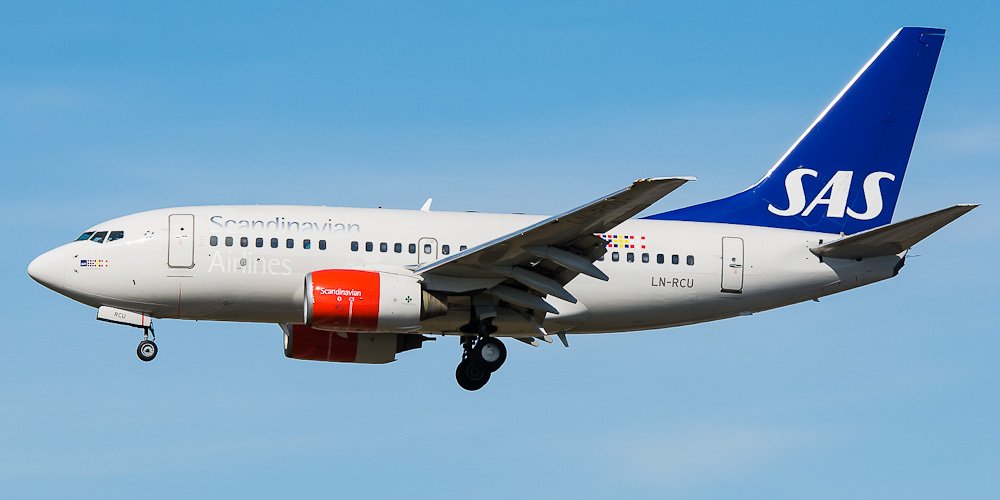

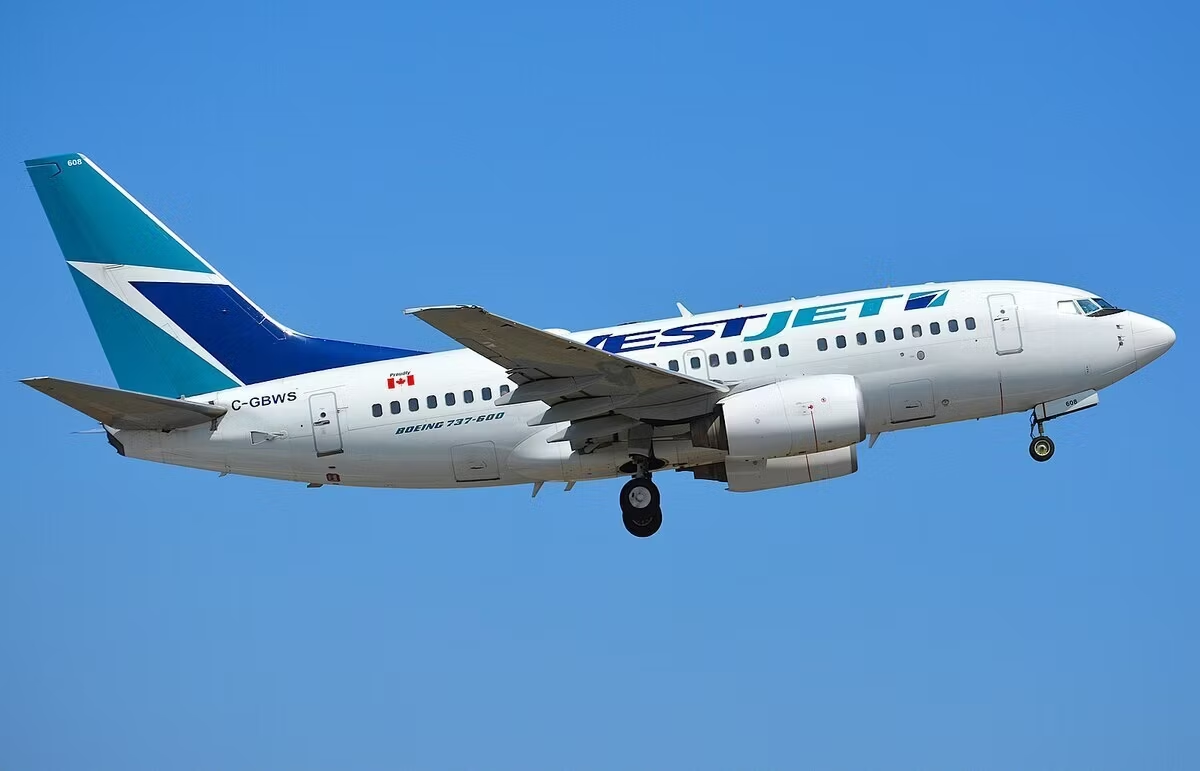
The -600 was the first aircraft in the 737 Next Generation or Next Gen for short. The -600 is also the shortest aircraft in the Next Gen series. The largest operator of the -600 is Janet Airlines (more details on this airline can be found in the -200 section). The last -600 was delivered in 2005 to WestJet.
-700



The -700 has been one of the most successful variant of the 737 to date. Its largest operator is Southwest and they have quite a few special liveries on them. The -700 is currently in the process of being replaced by the 737-MAX series of aircraft. Another large operator of the -700 is Ryanair, an Irish airline, which operates a large number of the type. Parts of the -700, as well as the -800 are also used on the C-40 Clipper.
-800
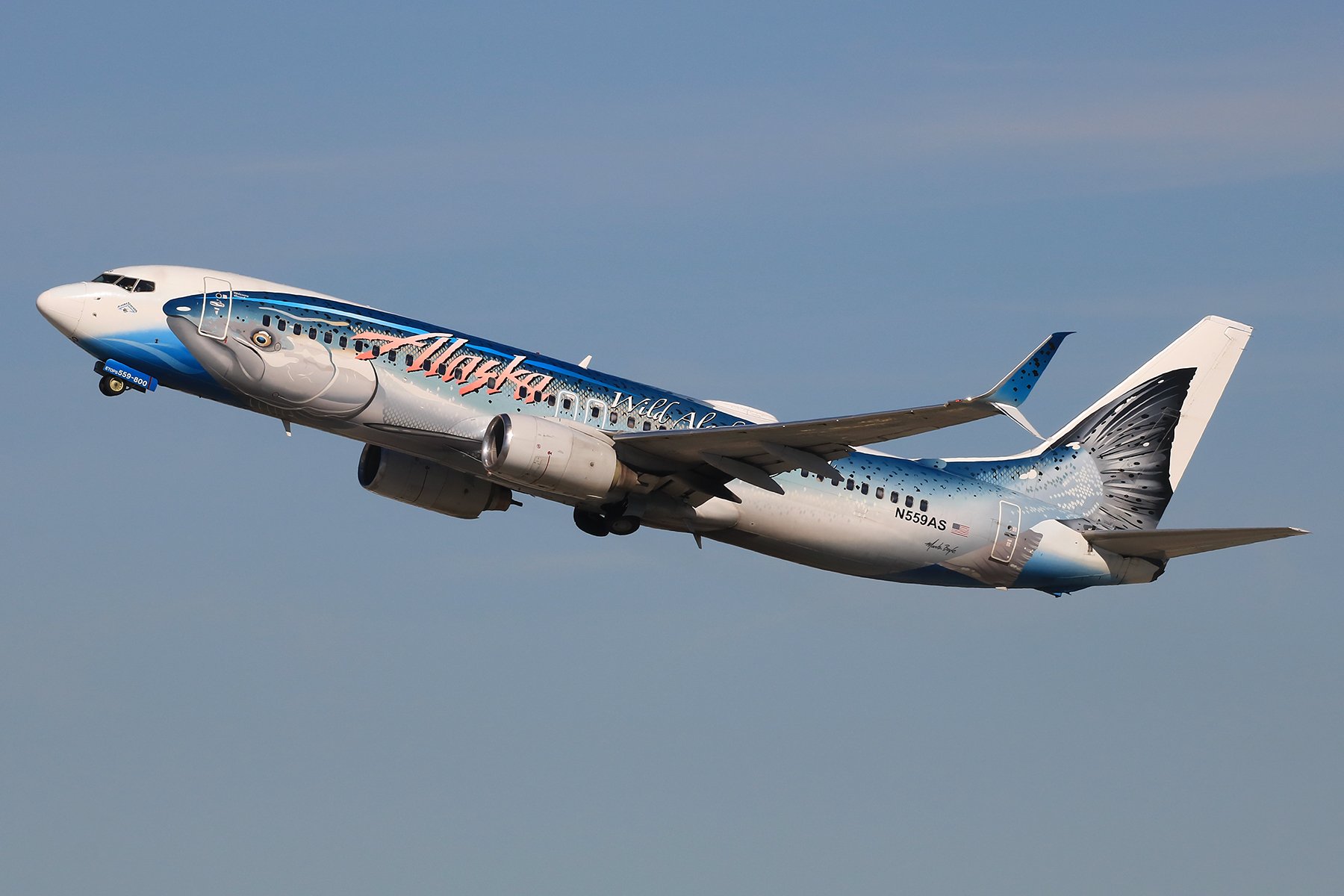
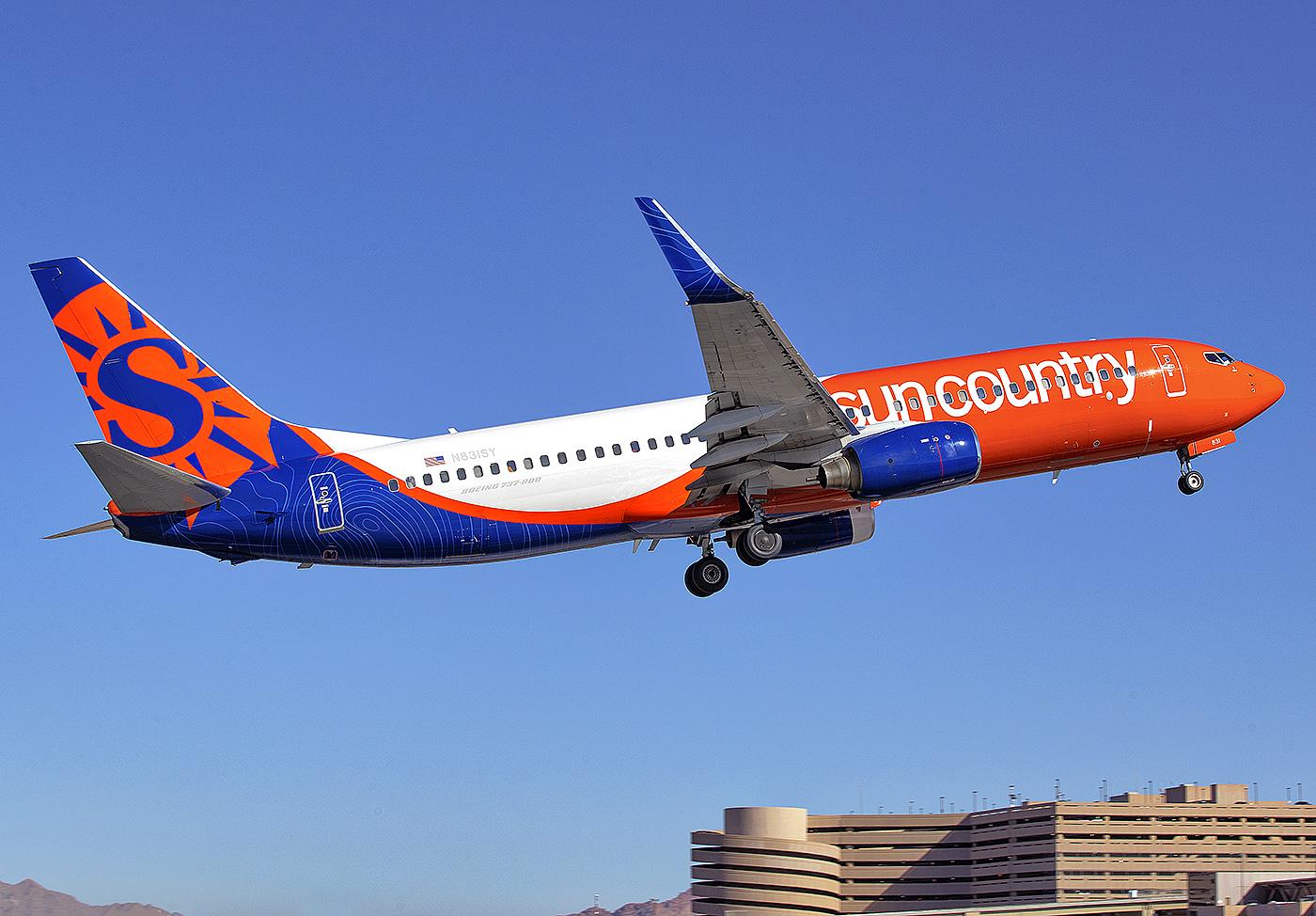
The -800 is an improved version of the -700 and its largest 737 variant rival is the -700. Its largest operator is Delta Air Lines. Several airlines such as Sun Country (along with Amazon Air, which is managed by Sun Country) also has only the -800 aircraft in its fleet. Parts of the -800, as well as the -700 are also used on the C-40 Clipper.
-900
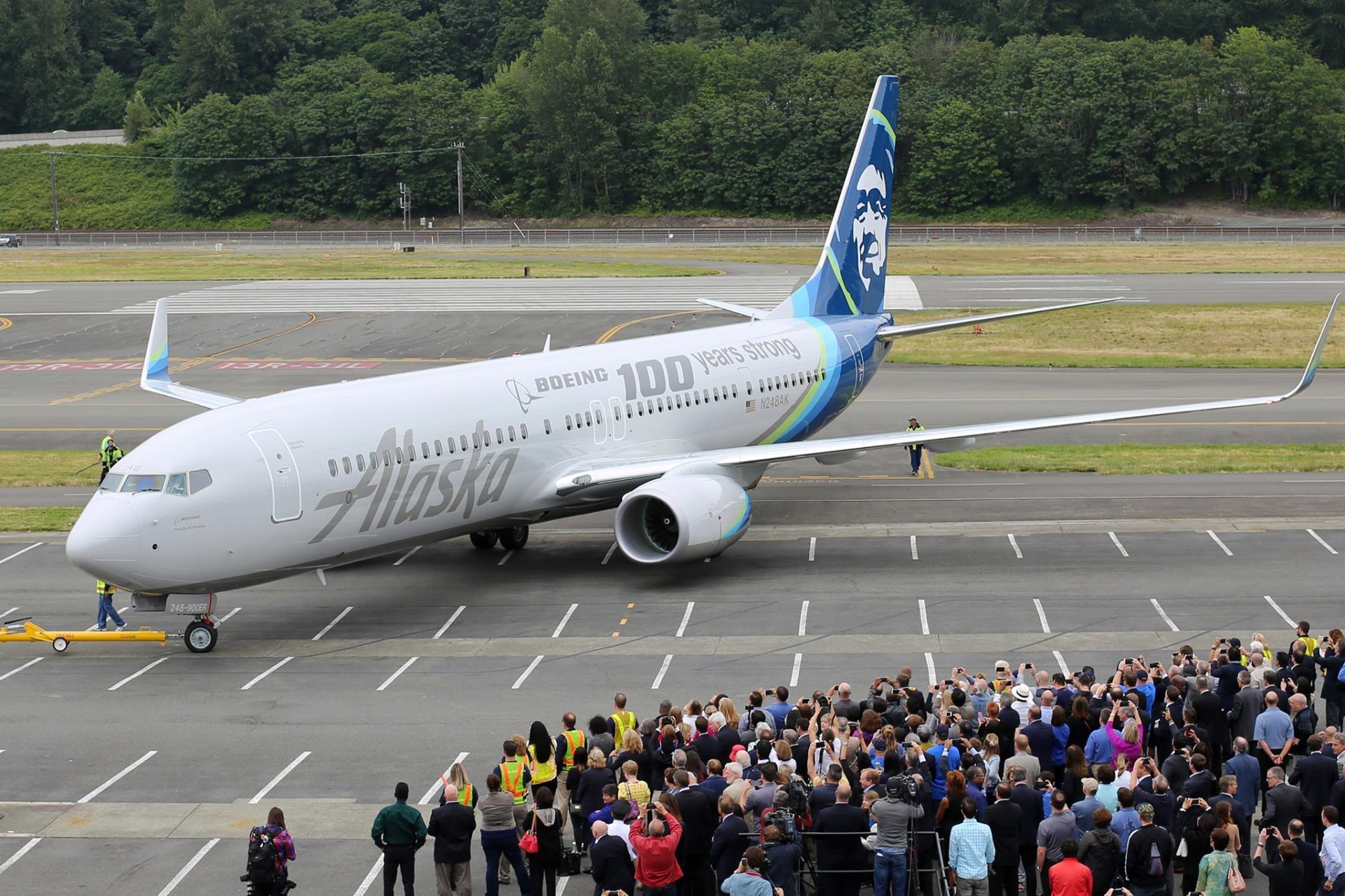
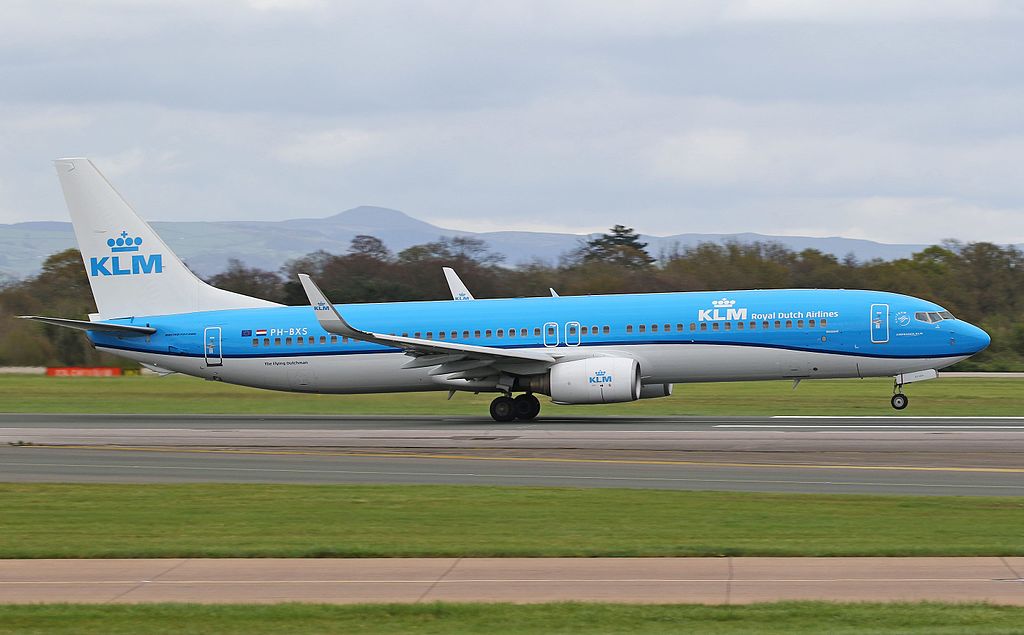
The -900 is the last aircraft in the Next Gen series of 737s and has the same wings and engines as the -800, but a longer fuselage. The largest operators of the -900 are Alaska Airlines and KLM.
MAX:
MAX 7
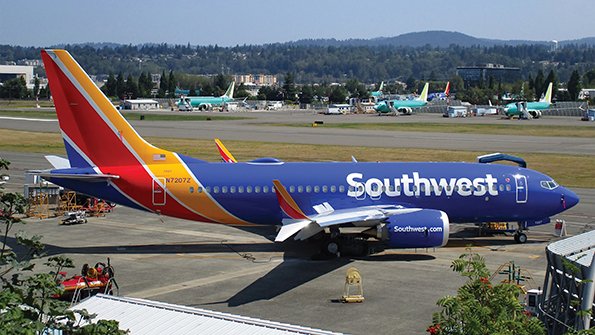

The MAX 7 was the first 737 is the 737-MAX series of aircraft. The MAX 7 has a similar fuselage to the -700, but has new wings, engines, wingtips, landing gear, and newer electronics. Southwest most likely will be the largest operator of the MAX 7, and recently announced that most of their fleet will be replaced mainly by MAX 7s and some MAX 8s.
MAX 8
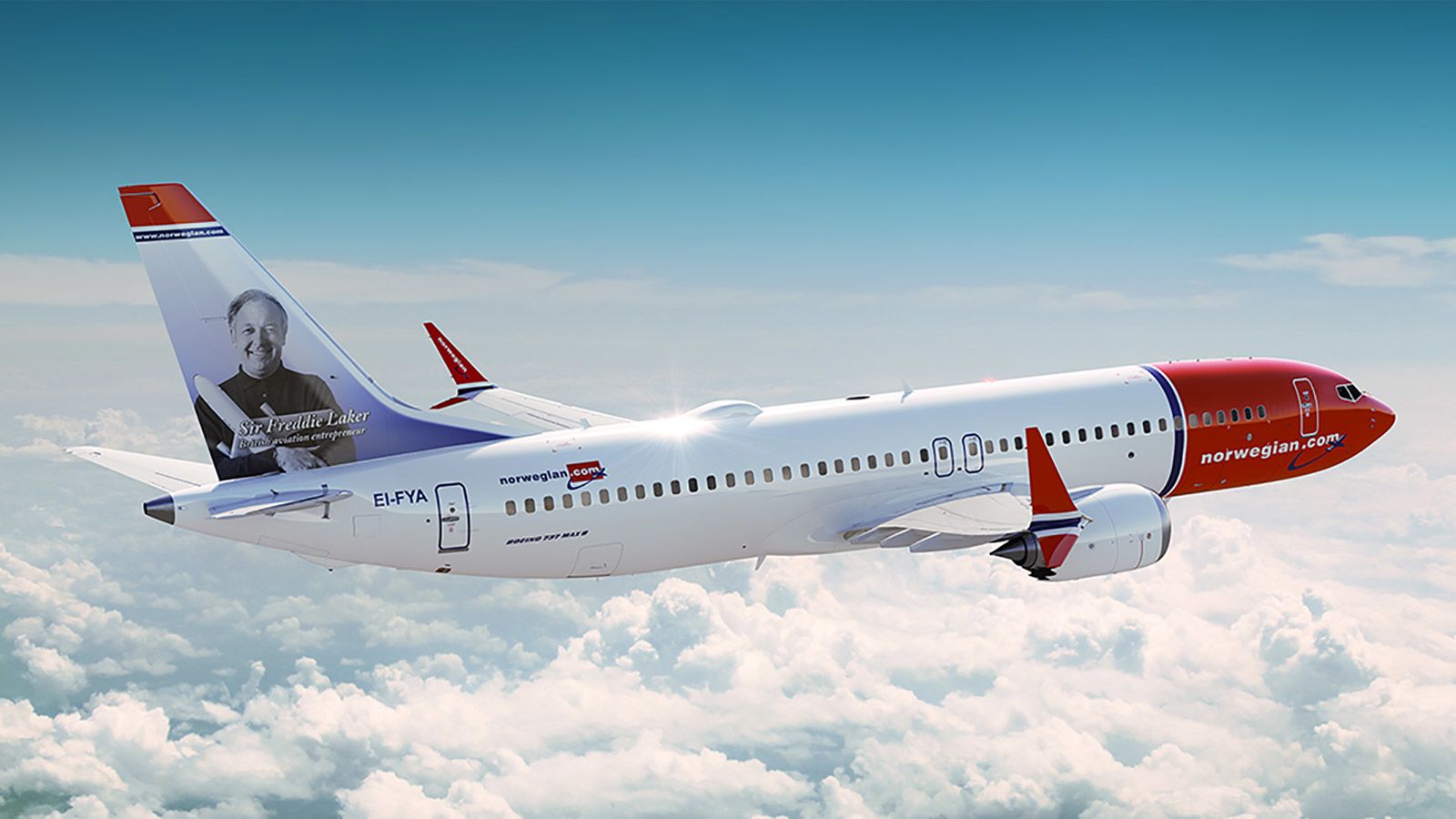


The MAX 8 was the second aircraft type in the MAX series and was essentially a lengthened version of the MAX 7. The second MAX 8 delivered was to Norwegian Airlines with on the tail fin Sir Freddie Laker (the man who came up with the first "Low Cost" airline in the world, as well as many other things in the aviation world), this aircraft was also the first MAX 8 to do a transatlantic flight flying from Everett, Washington, to Edinburgh, England with a stop in the eastern United States and another stop at Rayskavjavic, Iceland. The MAX 8 along with the rest of the MAX series aircraft in service were grounded in 2019 after two aircraft crashed, Lion Air Flight 610 on October 29th 2018, approximately 13 minutes after takeoff and Ethiopian Airlines Flight 302 on March 10th 2019, approximately 6 minutes after takeoff.
MAX 8 200
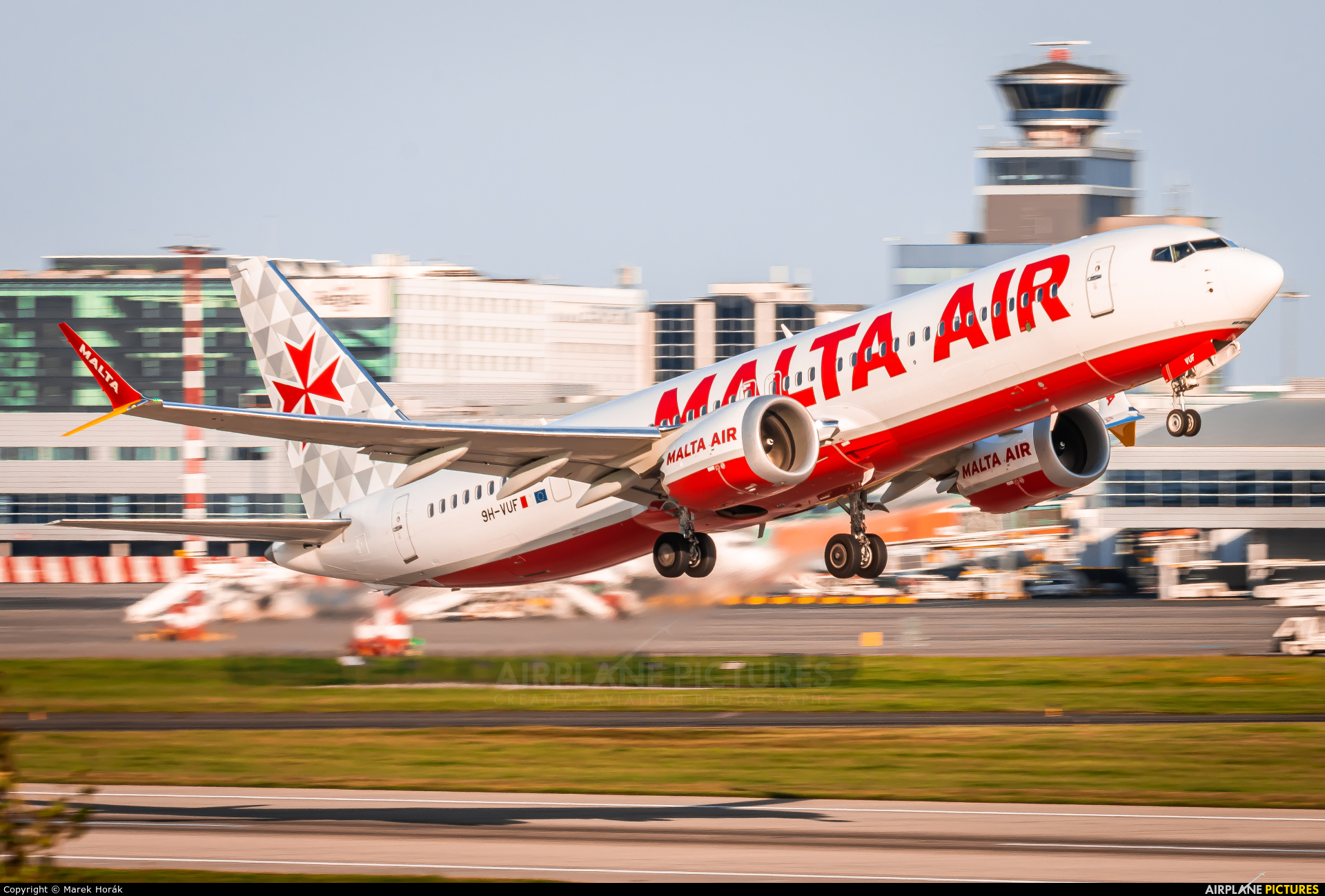
The MAX 8 200 (or MAX 200, which is what it will be referred to as for the rest of this post) is a stretched version of the MAX 8 (normally having about 186 seats) and is capable of transporting precisely 200 passengers. The main operators of the MAX 200 is Ryanair and Malta Air.
MAX 9
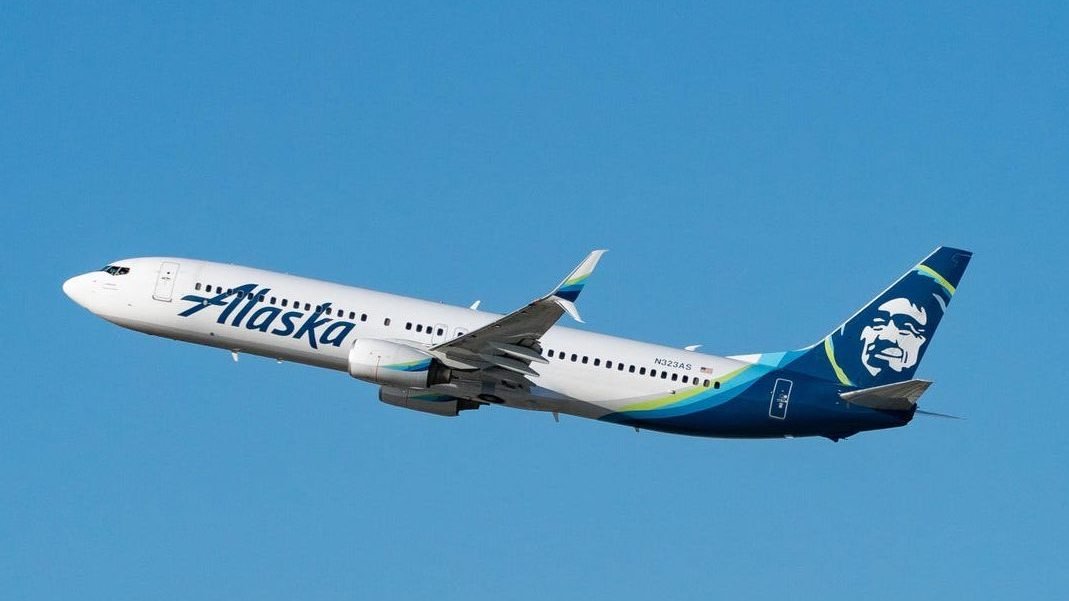

The MAX 9 is a slightly larger version of the MAX 200/MAX 8, with a one class seat arrangement, can have over 220 passengers onboard. The MAX 9 largest operator is United Airlines, although Alaska operates it on the most flights.
MAX 10

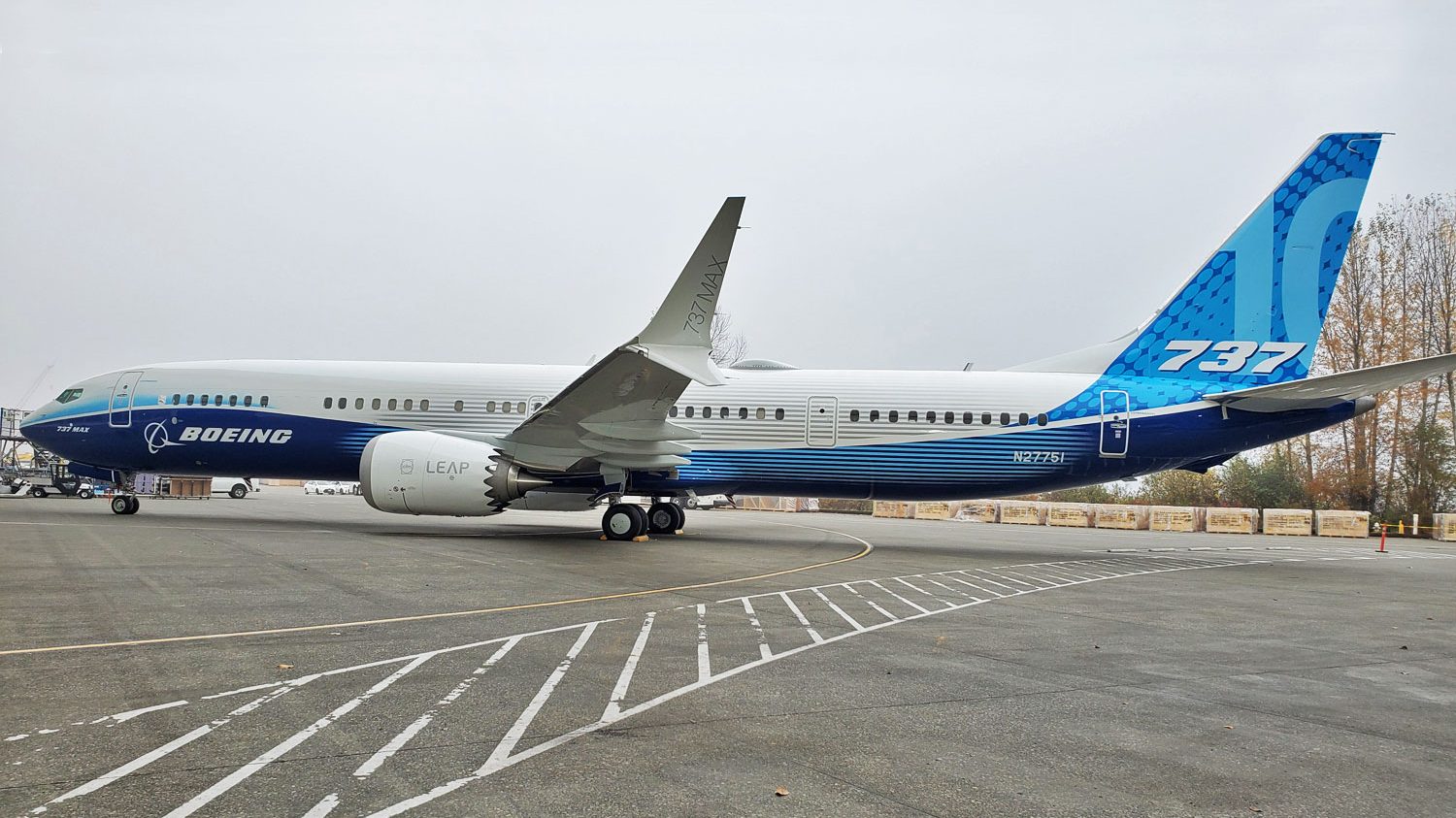
The MAX 10 for Boeing is currently the newest 737 variant, as well as the largest variant and can carry a maximum of 230 and is currently receiving certification from the FAA. United Airlines, even without the certification, has still ordered and received several MAX 10s. It is very likely that the MAX 10 will be the last 737 variant to be manufactured. The MAX 10 is the product of the over 65 years of the 737 improvements.
Military Variants:
T-43 Gator
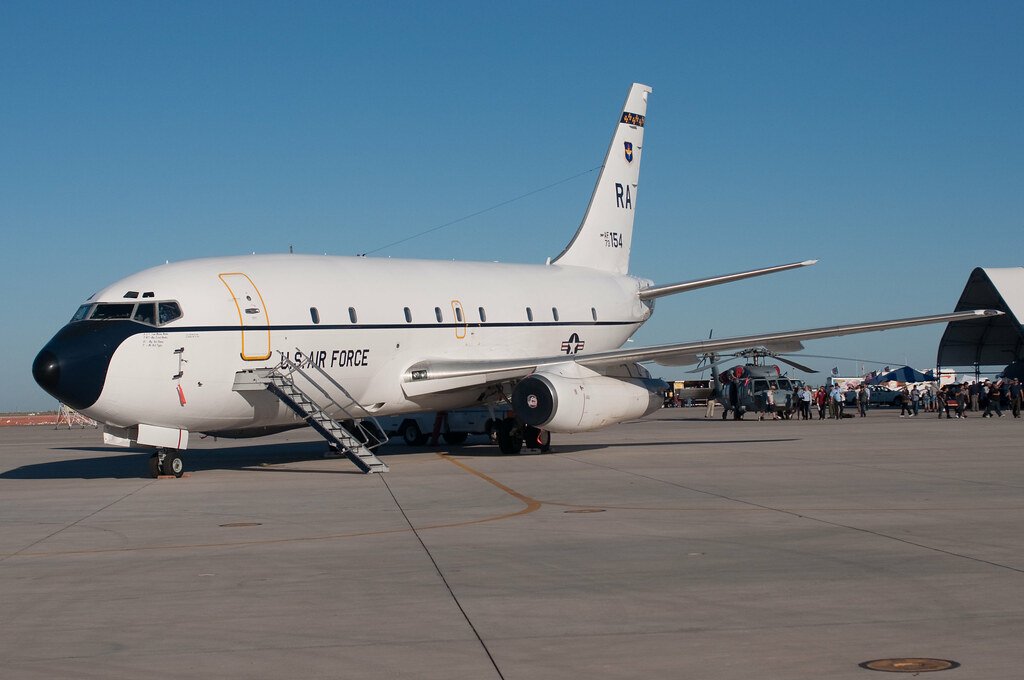

.jpg)
The T-43 was used by the U.S. Air Force to train new navigators their mission. The T-43 is based off of the -200. Among the nicknames for the T-43 are "Gator" and "The Flying Classroom".
C-40 Clipper
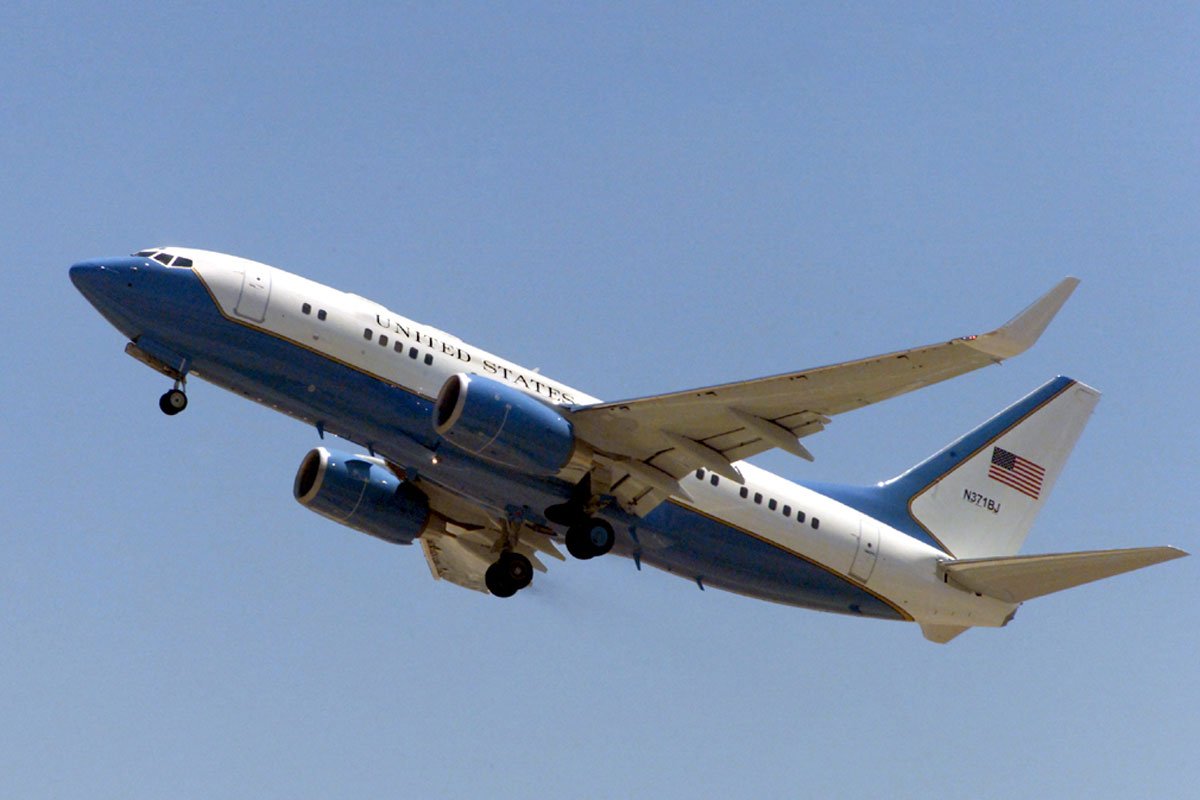
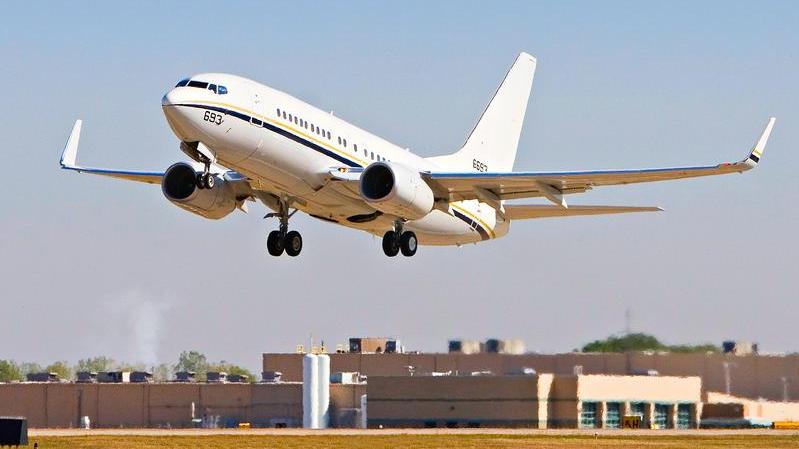
The C-40 Clipper is the marriage of the -700 fuselage and the -800 wings, engines, and landing gear. These aircraft are used by the U.S. Air Force as well as the U.S. Navy to transport VIPs around, but the Air Force C-40s are primarily used as Air Force Two, a call sign that it gets when it is transporting the First Lady of the United States or the Vice President of the United States.
E-7 Wedgetail
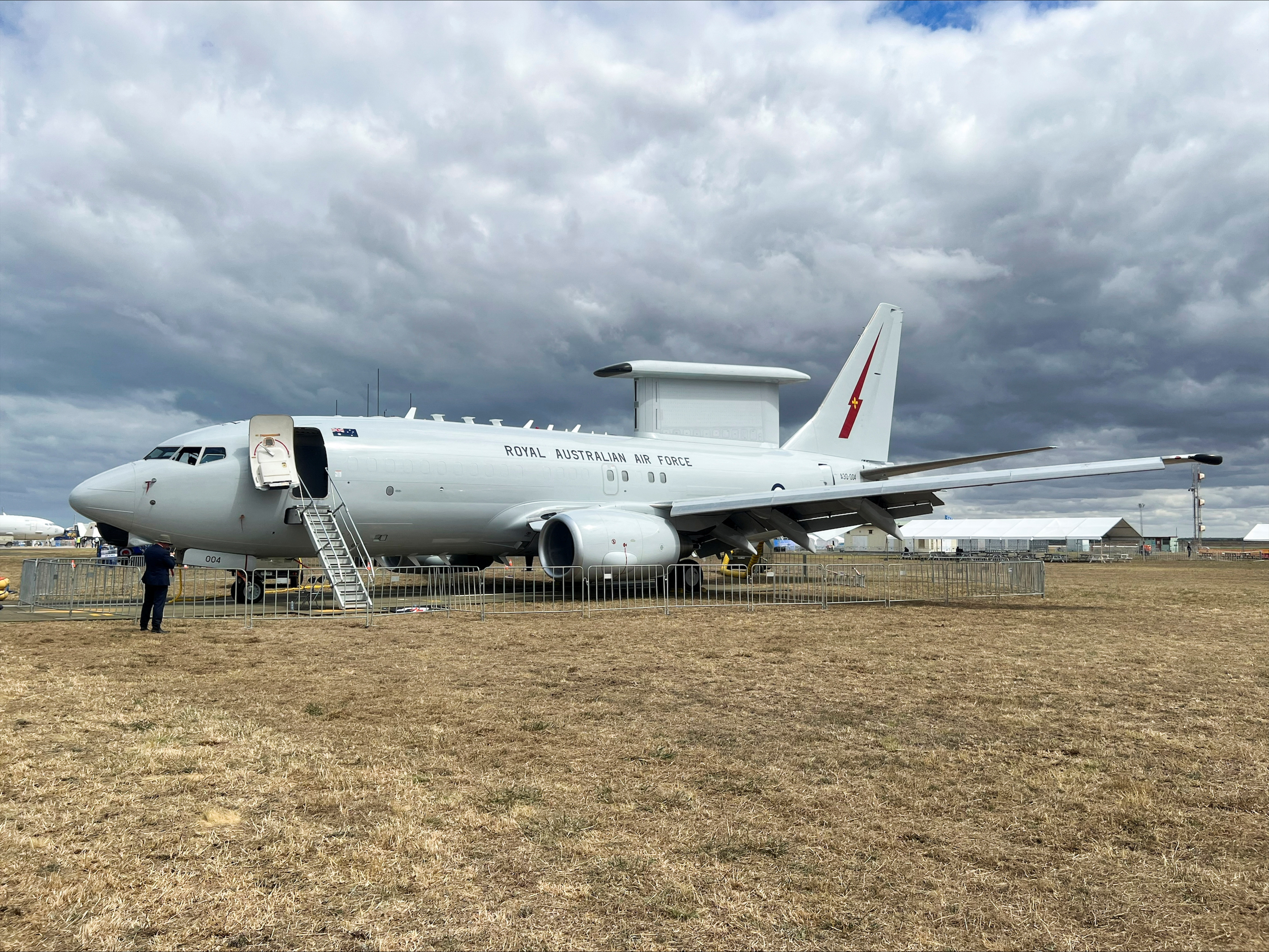
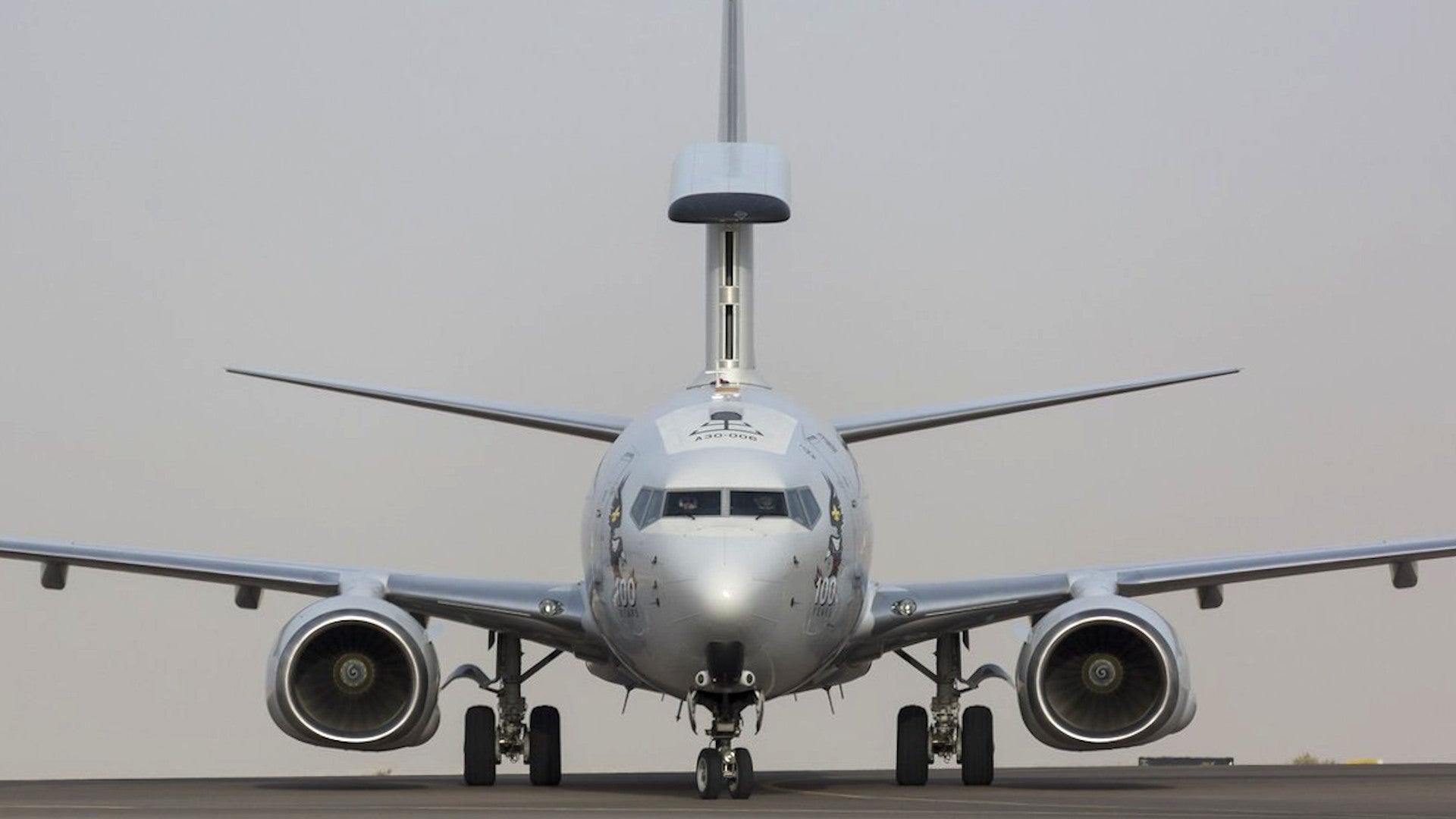
The E-7 Wedgetail is the aircraft based on several airframes from the Next Gen series of 737s. The primary users of the E-7 is the Royal Australian Air Force (RAAF) and the Turkish Air Force, but the US Air Force (USAF) recently announced their intentions to buy the E-7 with the purpose of using it to replace the E-3 Sentry.
P-8 Poseidon


The P-8 like the E-7 and C-40 is the product of several 737 variants from the Next Gen series and is used as an anti-submarine warfare (ASW) aircraft and has been used primarily by the US Navy, the Indian Navy, and by the Royal Australian Navy.
Lockheed Martin CATBird (Cooperative Avionics Test Bed)
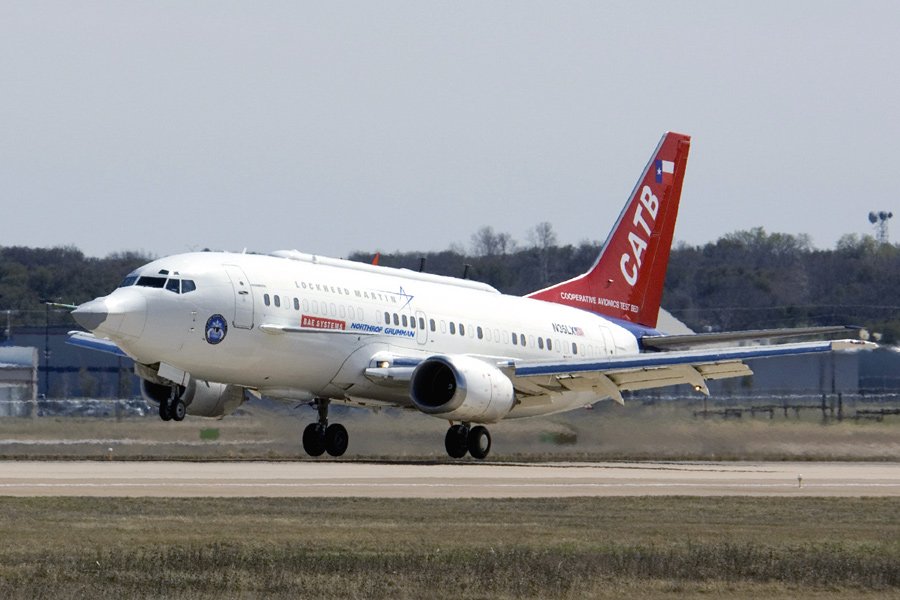

The Lockheed Martin CATBird (Cooperative Avionics Test Bed) was a Lufthansa 737-300 for 15 years, and then they retired it to be replaced by a newer aircraft, and then Lockheed Martin bought it and extremely modified it to serve as a testbed for the F-35 avionics (An earlier aircraft with a very similar mission, Boeing 757 CATFISH used to test the F-22 avionics has existed). The CATBird has an F-35 nose (that is why the aircraft has that weird nose), a canard just aft of the front doors, and another canard-type wing between the wing and tail. Onboard, it has most of the avionics that the F-35 has.

